
Inscriptions belonging to Christian Turks were found in the 188-year-old Greek Orthodox Church
During the restoration and conservation works that began 1.5 years ago in the 188-year-old Saint Eustathios Greek Orthodox Church in the İncesu district of Kayseri, inscriptions belonging to Christian Turks were discovered. After the departure of Greeks from İncesu after the year 1924, the Saint Eustathios Greek Orthodox Church, which passed to the municipality, was
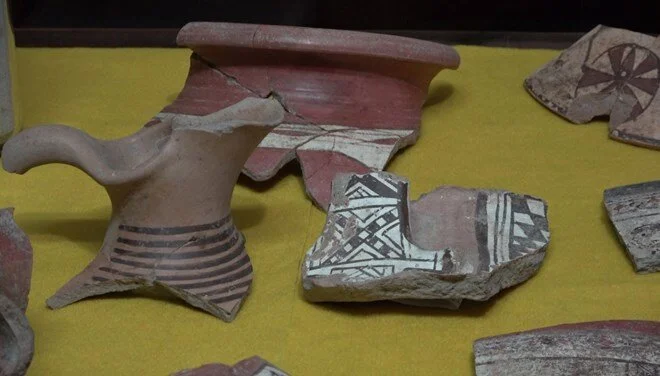
The largest Iron Age painted pottery collection of Anatolia was unearthed at Oluz Mound
In Oluz Mound where evidence of the belief in Zoroastrianism, the earliest example of monotheistic belief in the Ancient Near East, has been found, the largest collection of Iron Age painted and decorated pottery in Anatolia has been reached. Oluz Mound was discovered by Prof. Dr. Şevket Dönmez from Istanbul University between 1997 and 1999.
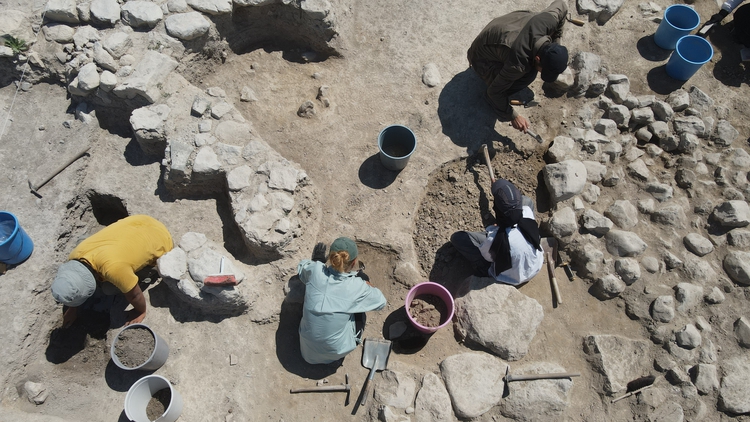
The remnants of the Iron Age are being searched for in Nerik, the sacred city of the Hittites
In Nerik, an important religious city of the Hittite Empire, remains from the Iron Age are being searched for. Nerik is located at the Oymaağaç Mound, situated 7 kilometers northwest of the Vezirköprü district in Samsun province of present-day Turkey. Established by the Hattians, one of the oldest civilizations of Anatolia, around 3500 years ago,

The altar section of the Temple of Zeus in the Ancient City of Magnesia has been uncovered
According to legend, the altar section of the Temple of Zeus, which is currently undergoing restoration efforts in the ancient city of Magnesia, established by the Magnets who came from Thessaly based on Apollo’s prophecy and guidance, has been uncovered. The excavations in the ancient city of Magnesia, located in the Germencik district of Aydın,
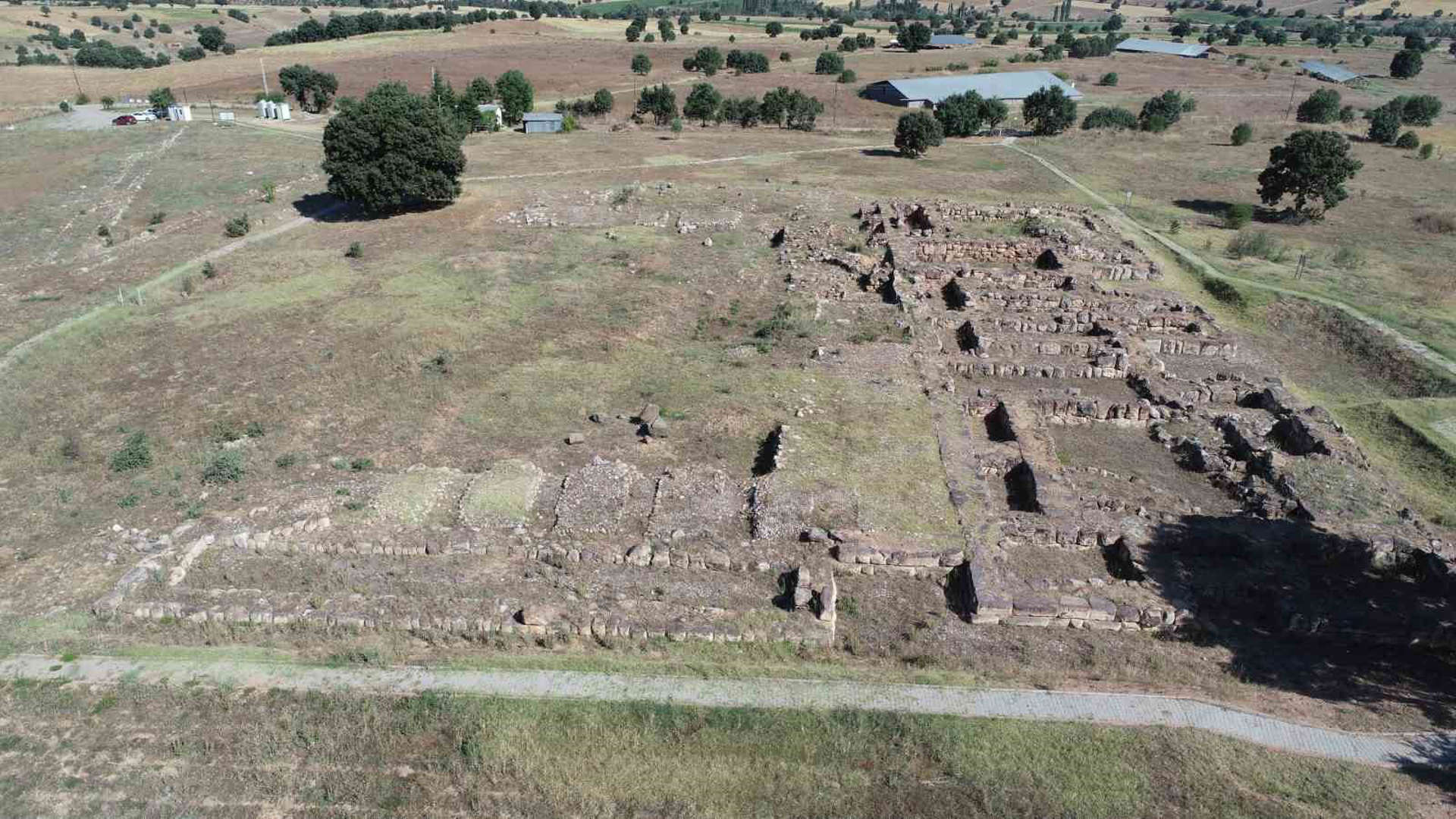
Archaeologists are trying to find the source of the catharsis water mentioned in the Hittite cuneiform tablets in the excavations at Şapinuva
Archaeologists are attempting to discover the source of the sacred water used in purification rituals mentioned in the cuneiform tablets left by the Hittites, who established the first centralized state in the Bronze Age Anatolia, through excavations at Şapinuva. Şapinuva, located in the province of Çorum in Turkey, was not only established as the capital
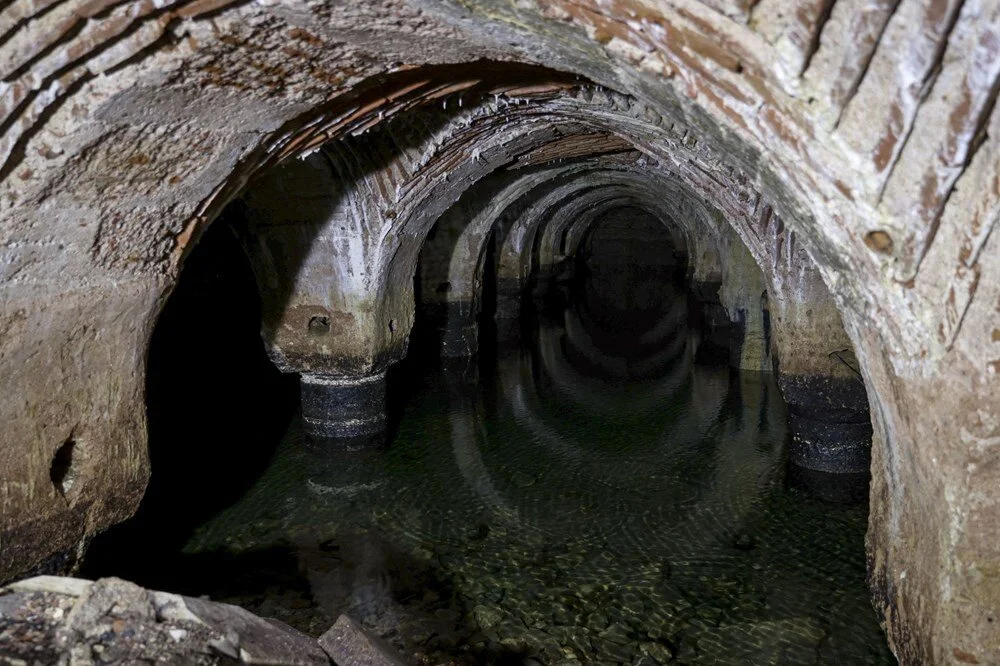
The Karadeniz Medrese cistern, which supplied water to Istanbul during the Byzantine period, is being unearthed
One of the many cisterns, similar to the Basilica Cistern, that fulfilled Istanbul’s water needs during the Byzantine period, the Karadeniz Medrese Cistern, will be brought to light. Located under the Fatih Mosque, the Black Sea Madrasa Cistern with 43 columns is 51 meters long. The cistern is located on the historical peninsula known as
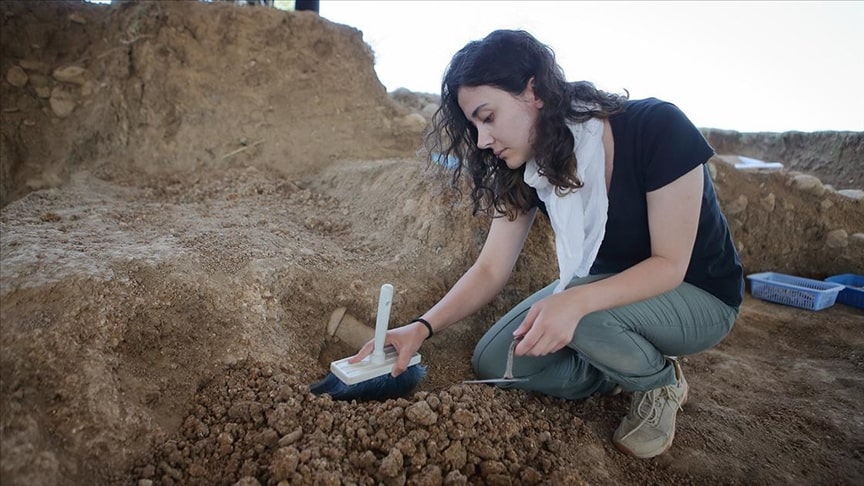
The borders of the Hittite city of Şapinuva are determining by 3300-year-old workshops
The boundaries of the second significant administrative center, the city of Sapinuva, established by the Hittites, who were the first centralized state in Anatolia is determining through workshops called “işlik” spanning 3300 years. In Şapinuva, which was the capital of the Hittite empire for a period, work continues in the two workshops that were unearthed

Archaeologists are tracing the footsteps of a 200,000-year-old history in a Gurs Valley’s cave
In a cave located 20 km west of the southeastern Turkish province of Mardin, in the Gurs Valley, traces of a 200,000-year-old history of humanity are being sought. Gurs Valley is home to historical castles, mansions, mausoleums, mosques, caravanserais, and church ruins from the Late Roman, Early Byzantine, Seljuk, and Ottoman periods, as well as
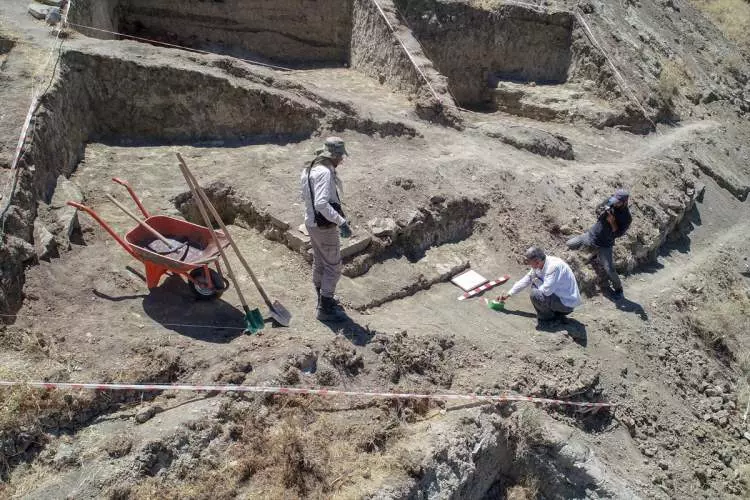
Urartians used terracing method to protect against the destructive force of earthquakes
During the excavation works carried out at Çavuştepe Castle, which was built by King Sarduri II of Urartu in 750 BC, along with the necropolis area to the north, it was observed that the Urartians used terracing method to mitigate the destructive effects of earthquakes. The Kingdom of Urartu ruled over a vast geographical area
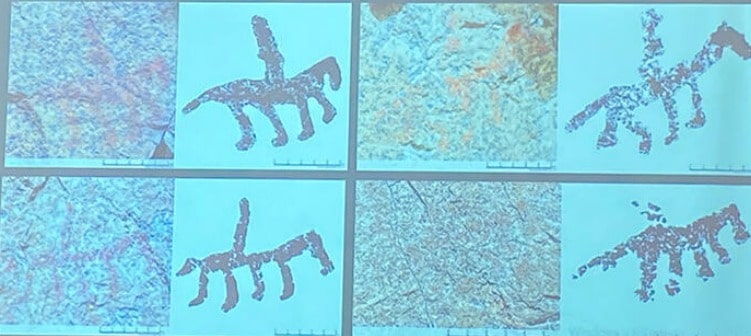
3,000-year-old rock rare paintings have discovered in Rize
Archaeologists have discovered approximately 3,000-year-old rock paintings believed to belong to the Bozkurt tribes during their surface survey. The discovery happened in the İkizdere district of Rize province, Turkey. Associate Professor Dr. Okay Pekşen, Head of the Ancient History Department at Ondokuz Mayıs University, stated, “We saw approximately 3,000-year-old rock paintings believed to belong to
